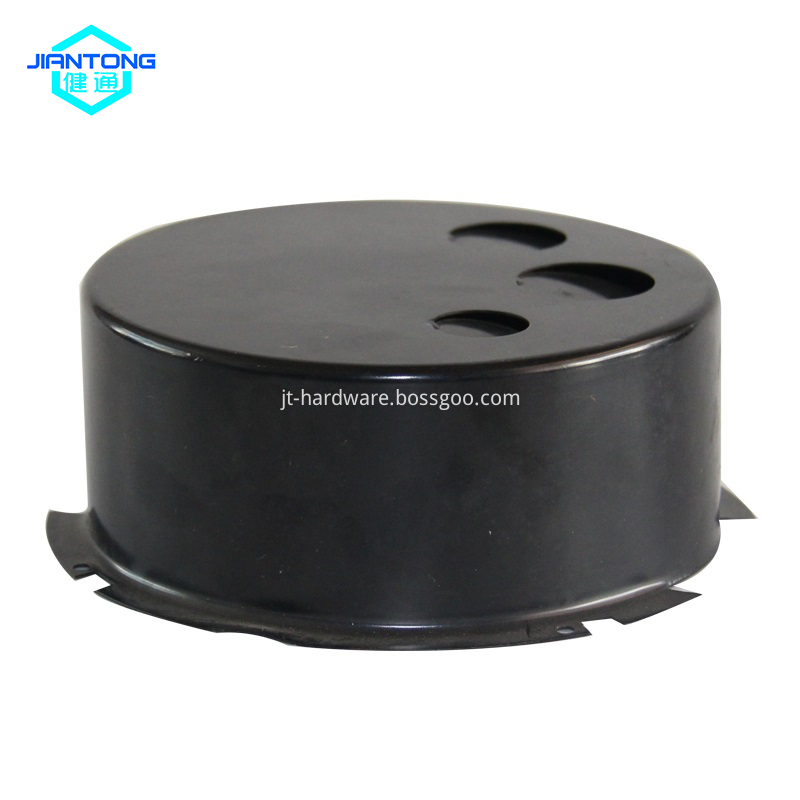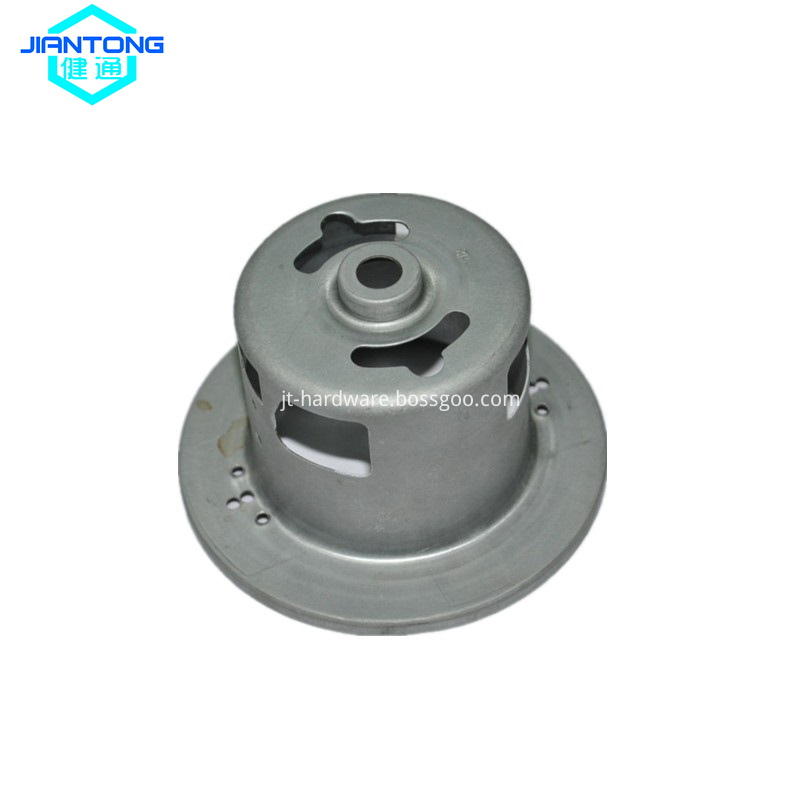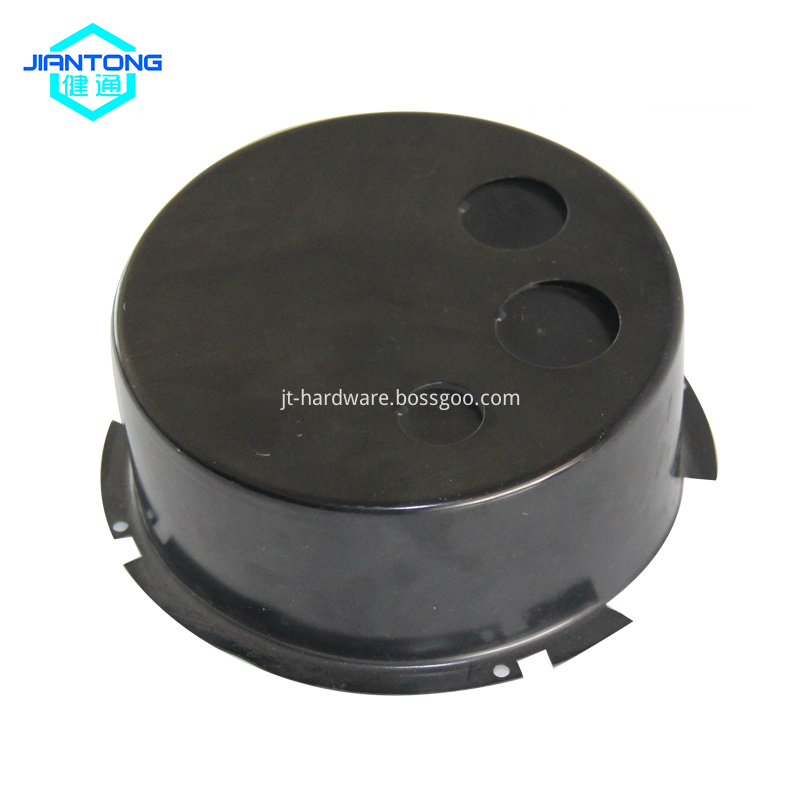For large power plants, dry condensers have not been widely used. This is because the size of the steam pipe is too large, and there are many branches between the steam exhaust port of the steam turbine and the condenser. Although the size of the steam pipe can be reduced, it is difficult to accept in most cases due to its low efficiency.
AC steam turbine condensers are suitable for applications where cooling tower replenishment water cannot be supplied. In such an extreme environment, the use of dry-cooled finned tubes is a logical choice, although in the summer it produces the disadvantage of higher condensing pressure. If there is no water supply problem, the wet surface air condenser should be preferred because its condensing pressure is lower than the condensing pressure of the cooling water circulating condenser using the cooling tower. In fact, even where a cooling tower circulating water condenser can be used, an AC condenser can be preferred. The reason is that the circulating water pipe to and from the turbine can be shortened. The wet surface AC condenser is used to directly use the ambient air as a hot pool, and the condensing pressure can reach 8.5 kPa, which is better than the long-distance transportation of circulating water.
If the cooling tower circulating water is intended for use in a process or refrigeration condenser, the arrangement of the Ingersoll Rand screw turbine steam turbine condenser in the United States usually accommodates the cooling water flow to reduce the amount of circulating cooling water. The process or refrigeration condenser receives the coldest water from the cooling tower, while the steam turbine condenser uses cooling water that is returned by the process or refrigeration condenser to a temperature that increases by about 2.8 to 5.6 °C. To benefit from lower condensing pressure, it is worthwhile for steam turbines to use wet surface AC condensers.
For power stations with a capacity of 400 to 500 MW, a single-shell water condenser is generally used, which has independent openings for accessing the steam that drives the steam turbine of the feed water pump. This additional condensing load will cause the main turbine condensate pressure to rise by about 8.5-17 kPa in summer, which will cause significant power loss. At this time, the use of a wet surface condenser for the auxiliary turbine is better than the method of adding circulating cooling water to the existing condenser. The auxiliary turbine exhaust steam pipe can send the exhaust steam to the wet surface AC condenser and the corresponding steam exhaust hole of the main turbine existing condenser. The establishment of multiple condensing sources can prevent the expansion of accidents. It is also an option to provide a separate water condenser for the associated turbine, but this may require an increase in the amount of circulating water, ie one or more cooling towers, and more cooling water piping to be installed.
The exhaust air of the AC condenser is almost saturated with water vapor. When they are mixed with the outside cold air, they will be supersaturated, that is, the phenomenon of "atomization" will occur. Fog can reduce visibility and endanger traffic or residence in the area. However, it is clear that fog is not air pollution because it contains no harmful substances. Measures to eliminate fog:
(1) If the condenser is placed high enough, there is no major problem even if the mist is visible. Because the fog density is low, it rises and dissolves into the atmosphere. In addition, due to the dominant airflow and wind direction, the fog is directly enhanced. However, strong winds may cause so-called "downstreams", especially when there are highlands or high buildings nearby. However, as long as the condenser arrangement is high enough, the effect of the "downflow" does not matter.
(2) The steam extracted by the steam turbine is heated to the outside air, and then mixed with the saturated exhaust gas discharged from the condenser. The fan draws air, which sweeps through the spray tube bundle and the heating section disposed within the fan chamber. The heating section has fins on the outside, in which steam is drawn by the turbine. The steam pipe is provided with a shut-off valve that is closed when the air outside the heating pipe does not need to be heated to eliminate the mist.
(3) The mixing method can be analyzed by a simplified wet air Mohr diagram. To clarify the problem, ignore the isothermal process that is used habitually, but the saturation point temperature should be taken seriously. The state of the air and water vapor mixture is characterized by the points in the Mohr diagram.
Jiantong Hardware is also focused on manufacturing various sheet metal enclosures. Material scope include copper, Iron, Aluminum, Stainless steel and Spring steel with various of function and thickness. Surface treatment we are capable to process contains electro plating, powder coating ,painting,electrophoresis, sand spraying, brushing, anodizing, polishing, passivation, silk screen, laser cutting....etc. Final products are electrical metal steel cabinet, metal case, electric enclosure, Junction box, storage box, switch box, sheet metal housing, metal case.
In order to fully meet internal market and customers requirements,we control quality from source beginning,like product design, technical support, supplier election, etc. All materials are of RoHS & Reach compliant. Meanwhile, we brought in advanced testing equipment such as 2D tester, projector, Salty Spray Tester, coating thickness tester, sclerometer and so on, which can enhance testing and quality controlling ability in further.



Sheet Metal Enclosure,Metal Enclosure,Stainless Steel Enclosure,Metal Enclosure Box
Nanpi Jian Tong Hardware Manufacturing Co., Ltd. , https://www.jiantongstamping.com
